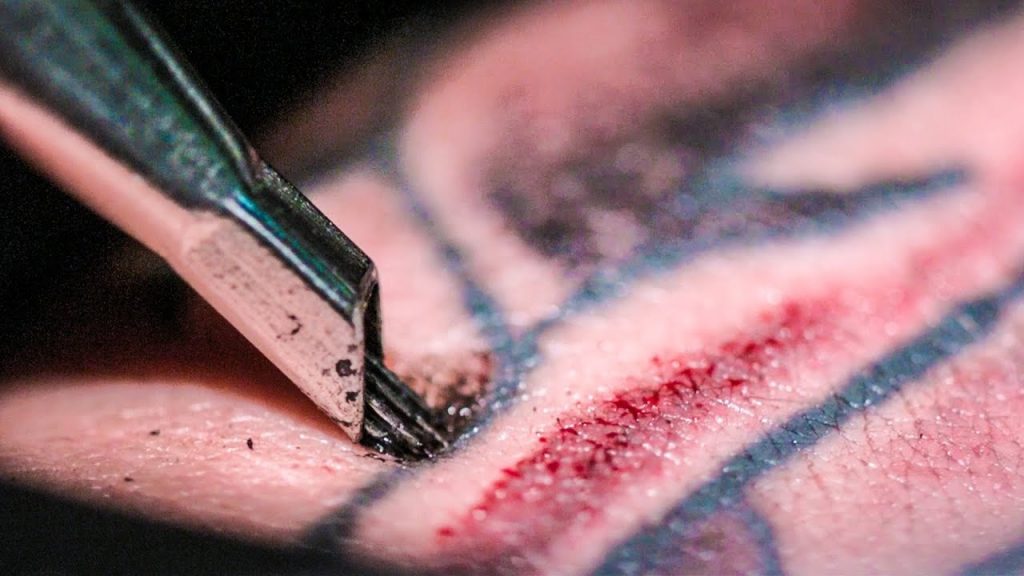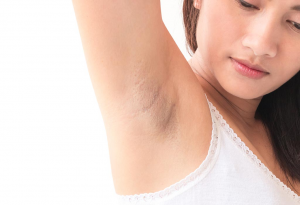When it comes to creative works of art, nothing seems more eye-catching or eyebrow-raising than a tattoo. After all, not only is it one of the very few art forms in which the human skin is used as a canvas, it’s also one that inflicts a considerable amount of pain on individuals receiving them. Moreover, a tattoo is known to be quite permanent, lasting for the entirety of the tattooed individual’s life. Make no mistake, tattoo removal methods do exist, but they are known to cause as much pain or even more than the tattooing process itself.
That being said, tattoos are certainly fascinating and are worth reading about, especially if you’re someone who’s curious about them, or perhaps, even looking to get one of your own. If you are, then read on as we discuss exactly how tattoos work and how tattoo artists apply their beautiful but painful artistry on human skin with the help of tattoo machines.
How tattoos work
A tattoo is essentially an illustration drawn on a person’s skin using a tattoo machine powered by a mini motor, a magnetic coil, or an air compressor. The motor or other power source drives a specially made needle into the skin of the person getting the tattoo, penetrating first the epidermis—the outer layer of the skin—and then dermis, the thick layer of tissue underneath the epidermis. The dermis is the “true” skin in that it has all the blood capillaries, nerve endings, sweat glands, hair follicles, and more.
The needle then deposits a small amount of ink right where it penetrates the dermis, filling that small cavity with colored ink. The needle is then pulled out by the motor and repositioned to deliver ink into another spot on the skin. This is repeated in rapid and quick succession, from 50 to 3000 times per minute, until the tattoo is completed.
Painful permanence
The reason why tattoo guns have to punch through the epidermis and into the dermis itself is for permanence. The epidermis is the outermost layer of the human skin, one that always flakes off or sheds as it is renewed in our day-to-day lives. If the tattoo ink was only deposited there, then it would only take a few weeks at most for the tattoo itself to fade and disappear. However, as the dermis itself is static, any ink deposited there has a higher chance of staying there permanently.
What’s more, the painful method of tattooing also helps in ensuring that the tattoo stays as it should for a very long time. As every needle stab is essentially a small injury, and even a small tattoo constitutes dozens, if not hundreds of them, this forces the body’s immune system to go into wake up mode and address the problem. It sends special blood cells, called macrophages, to the tattoo site in order to devour the ink particles, recognizing them as foreign elements that need to be eliminated.
Once a macrophage has successfully captured or devoured an ink particle, it immediately goes through the lymphatic pathways to be processed and removed from the body through the liver. This causes the phenomenon of fresh tattoos fading slightly over time. However, most of the macrophages do not make it back to the liver, and stay where they are. This ensures that the ink particles they’ve consumed remain visible for the foreseeable future.
How tattoo machines work
Now that we know how tattoos work, it’s good to know how the tattoo machines that make them function. Well, like we mentioned earlier, a tattoo machine is powered by one of three power sources: a miniature rotary motor, a magnetic coil, or an air compressor.
The electric coil is essentially a series of electromagnets that work in tandem with each other to drive the needle up and down through the handheld tattoo machine’s nozzle or “tube.” This up and down movement is what drives the needle through and off the skin, enabling continuous ink deposition into the dermis. The same mechanical principle works with whether the power source is the mini motor or the air compressor.
We note here, though, that the miniature motor is the most popular among tattoo artists. This is because it offers the most consistent and smooth movement, while also being quiet and durable. Electric coils on the other hand are loud and generate a lot of vibration, making them hard to use. They’re also known for their frequent breakdowns during operation.
As for tattoo machines that are powered by an air compressor, they’re quieter and more efficient than miniature motors, but they are also very expensive to procure and maintain. They also require a lot of air tubes running around the tattoo shop, which can be quite inconvenient for the artists and customers.
Needle facts
The needles themselves need to be described. First of all, they are hollow, which enables them to draw up ink before it is deposited into the skin of the individual. Secondly, many tattoo needles are designed to have multiple points. These needles are called “shaders,” and they’re used to pierce multiple spots on the human skin all at once. As for the normal, one-point tattooing needles, they’re called “liners,” and they are used only for outlines or for very fine details.
It’s worth noting here that many tattoo enthusiasts agree that shader needles are less painful than liner needles, no matter how scary-looking the former appear. This could be because multiple spots are being pierced at once, diffusing the sensation of pain over a bigger area rather than confining it into a single spot.
Tattoos: permanent body art worth the pain and money
There you have it: how tattoos—as well as the tattoo machines that make them—work. Now, if you’ve read all this and you’ve convinced yourself that you want a tattoo yourself, one tip that we can give you is to never cheap out when it comes to getting one.
Make sure to consider a number of reputable tattoo parlors, and expect to pay quite a lot for your body art, especially if it’s large and elaborate. You absolutely do not want to hunt for the cheapest bargain, as this could result in you being stuck with a lackluster or even ugly-looking tattoo. You get what you pay for in this particular endeavor, and it’s better to overpay rather than to be thrifty. With that said, good luck and enjoy your tattoo!




